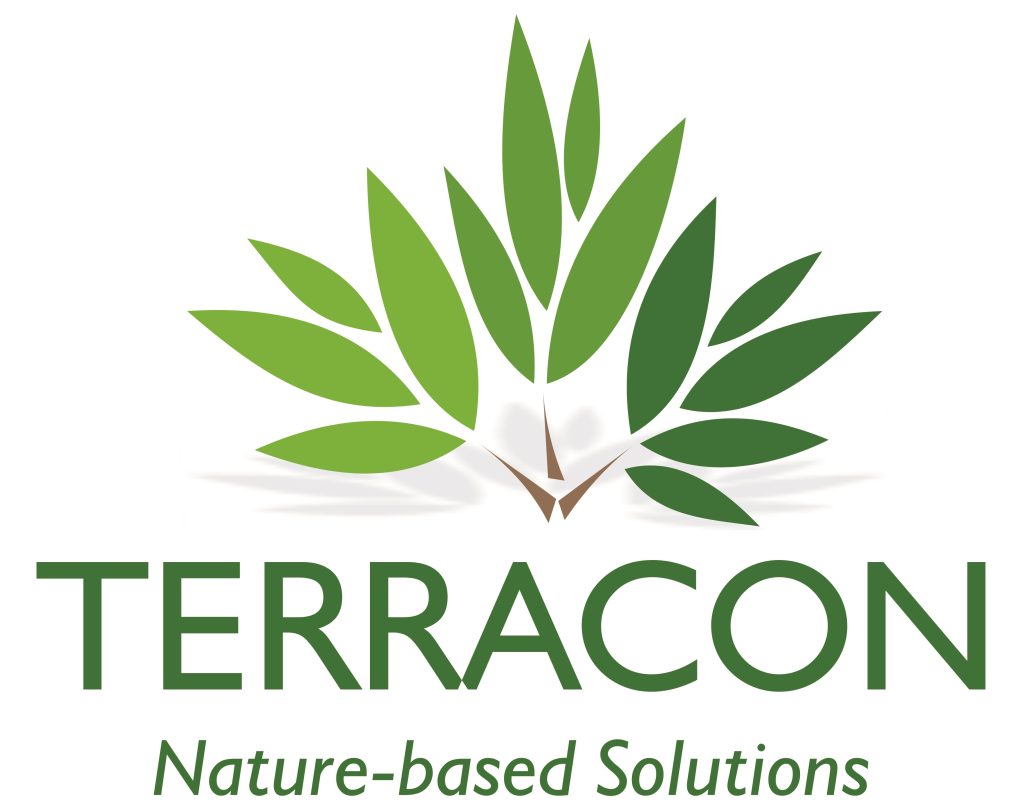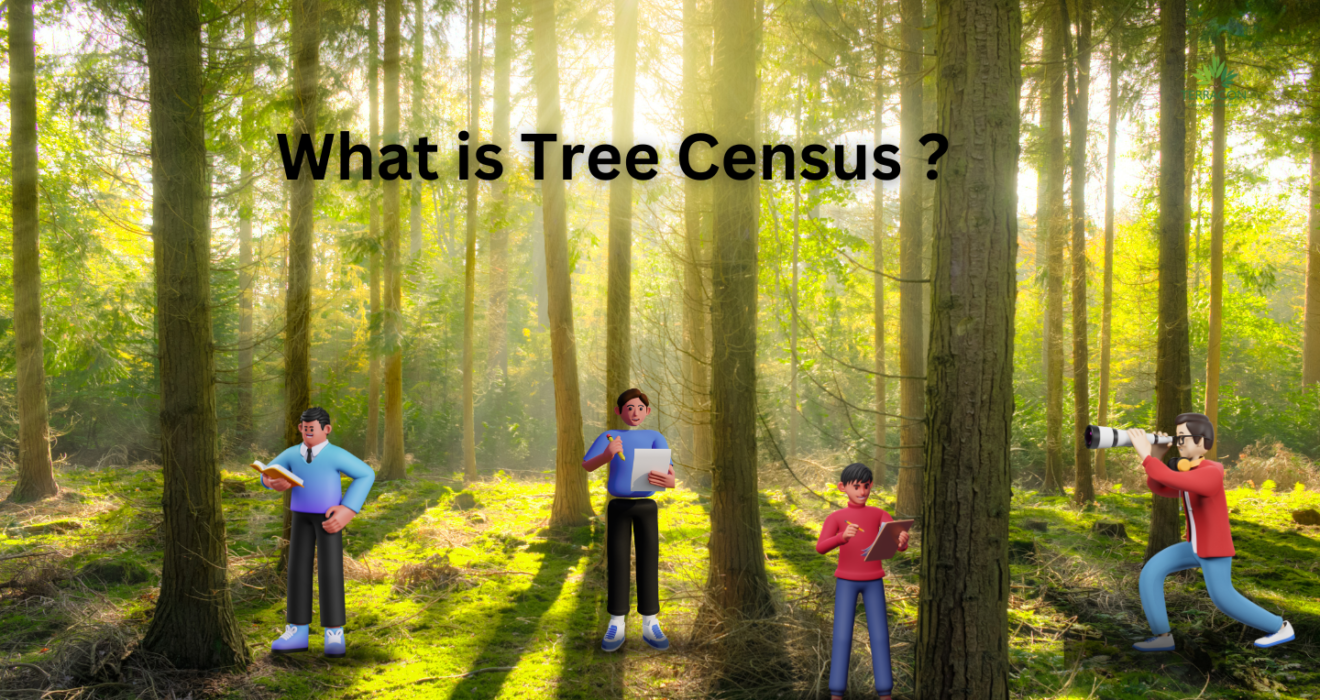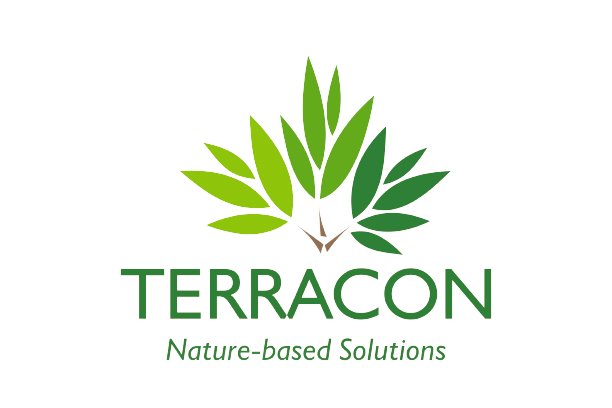Have you ever stopped to think about how many trees are around you? It’s estimated that there are over 3 trillion trees on Earth, covering nearly 30% of the planet’s land area. Trees are more than just part of the scenery; they’re essential for our planet’s health and well-being. However, global warming is worsening due to the loss of trees, which play a crucial role in trapping carbon and combating climate change. Deforestation contributes to approximately 10-15% of global greenhouse gas emissions annually. To tackle this issue, we urgently need to plant more trees and monitor existing ones through tree census projects. Alarmingly, we’re losing an estimated 10 billion trees every year globally. Without a comprehensive understanding of our tree populations, it’s challenging to determine where reforestation efforts are most needed. That’s where the tree census comes in. But what exactly is a tree census, why is it important, and how does it matter from a business perspective? Let’s really simplify this:
Importance of Tree Census
Imagine a big survey where people go out and count all the trees in a particular area. That’s basically what a tree census is. It’s like taking attendance for trees! During a tree census, experts or volunteers walk around and jot down information about each tree they find. They note things like collecting data on the number, species, size, condition, and location of trees, as well as other relevant information. The goal of a tree census is to provide a detailed understanding of the tree population. In addition to using traditional methods, such as measuring tapes or GPS devices, advanced tools like remote sensing technology, LiDAR , drones, Geographic Information Systems (GIS), and mobile applications such as Vrukshdhard . Drones equipped with cameras and sensors capture detailed aerial imagery of forests, facilitating mapping of tree cover, health, and distribution in remote areas. Geographic Information Systems (GIS) software manages and analyzes spatial data from tree census projects, enabling researchers to identify patterns and relationships within tree populations.
What is VrukshSharad?
An overview of the mobile application page


It is proprietary software of Terracon, tailor made for Tree Census activities in line with scope of project. This app allows the user to mark a tree along within formation such as the identification of the tree – common name, girth, approx. height, approximate age, health condition, etc. All the data of trees in an area can be presented in excel worksheet and data interpretation can be carried out. Also, graphical representations of the data are available on the web application of the software.
The home screen of the application consists of 4 main options, namely – Summary, Add a tree, Map and Analytics. Before the field officer fill in the survey form, the device checks the GPS accuracy (which must be about 3 to 5 meters) and thereafter allows the survey or to conduct the activity.


On selection of the option ‘Add a tree’, a form appears on the screen which mentions Ward no. and field officer’s name and land mark on the tree. Furthermore, more information about the tree species Common name, Ownership, Girth, Height (approx.), Age (approx.), Canopy diameter, Condition, etc. are to be filled by the field officer. Once all details have been filled for a tree, the information can be saved using submit option. The completed / submitted data can be searched in the Summary. The tree-ID with all the attributes of the counted trees is shown here. The entire data collected in one day is uploaded by the field officer by clicking the ‘upload’ button.


the third option is ‘Map’, which helps to identify and relocate the field officer in the respective ward. The map option majorly helps during the count at ward boundaries. The fourth option is ‘Analytics’, which helps the field officer to understand the tree count and its related data for a given period with various statistical features.
By integrating these advanced tools with traditional field methods, tree census projects can gather comprehensive and accurate data to inform forest management decisions, conservation strategies, and climate change mitigation effort
Why is the Tree Census Important?

In our world, trees are like strong protectors that help keep our environment healthy and strong. Learn about the importance of ecosystems They fulfill numerous crucial roles for both nature and people. However, as cities expand and become more densely populated, the significance of trees may start to fade from our minds. This is where the tree census steps in. It serves as a method to quantify and care for our green companions, ensuring the preservation of healthy environments with ample green spaces for all to relish. By comprehensively understanding tree distributions and needs, informed decisions can be made regarding urban planning, public safety, and biodiversity conservation.
- Environmental Stewardship: Trees serve as pillars of ecological balance, playing crucial roles in air purification, climate regulation, and habitat provision. Despite their significance, the true extent of their impact often remains overlooked amidst the hustle and bustle of urban life. The tree census emerges as a beacon of environmental stewardship, enabling us to gain deeper insights into the diversity and distribution of tree population.
Consider, as a case in point:
In Mumbai, India, a recent tree census revealed that the city’s tree cover had declined by 18% over the past decade due to rapid urbanization and industrialization. This loss of greenery had adverse effects on air quality and biodiversity. To address this issue, local authorities partnered with environmental organizations to launch a city-wide tree planting campaign. Using data from the tree census, they identified areas with the greatest need for tree cover and prioritized those for planting initiatives.As a result of these efforts, over 1 million trees were planted across Mumbai, leading to a noticeable improvement in air quality and urban greenery. - Urban Planning and Green Spaces: In the dynamic landscape of urban environments, green spaces are essential for fostering community well-being and mitigating the adverse effects of urbanization. Trees not only beautify our cities but also provide crucial services such as shade, cooling, and habitat provision. Through the lens of the tree census, urban planners gain valuable insights into the distribution and health of tree populations, empowering them to make informed decisions about where to plant new trees and allocate resources for green infrastructure. By strategically integrating trees into urban landscapes, cities can enhance livability, promote sustainability, and create welcoming environments for residents and visitors alike.
Consider, as a case in point:
In India, the city of Mumbai faced challenges of urbanization, with increasing congestion and pollution affecting residents’ well-being. Recognizing the importance of green spaces, city authorities launched a tree census project to assess the city’s tree population. Through careful mapping and analysis, they identified areas with limited tree cover and implemented targeted tree planting initiatives. As a result, residents experienced a noticeable decrease in temperature by up to 2 degrees Celsius during peak summer months, and air quality improved significantly, with a reduction in particulate matter (PM2.5) levels by 15%. Additionally, the presence of trees provided shaded areas for relaxation and recreation, creating inviting environments for community gatherings and outdoor activities. - Public Health and Safety: While trees offer numerous benefits, they can also pose risks to public safety if not properly managed. Hazardous trees with weak branches or unstable root systems can pose dangers to pedestrians and property. Through the meticulous documentation provided by the tree census, communities can identify and address potential hazards, ensuring that green spaces remain safe havens for recreation and relaxation. By prioritizing tree maintenance and risk mitigation efforts, cities can uphold public safety while preserving the intrinsic value of urban forests.
Consider, as a case in point:
In the city of Kolkata, India, a tree census revealed that over 200 hazardous trees with weak branches and unstable root systems in public parks and residential areas. Concerned about public safety, municipal authorities initiated a tree maintenance program based on census data. Through systematic pruning and removal of hazardous trees, the city achieved remarkable results: incidents of tree-related accidents decreased by 40%, ensuring safer green spaces for residents and visitors. Additionally, proactive measures led to a 30% reduction in property damage caused by falling branches and uprooted trees. - Biodiversity Conservation: Trees provide vital habitat for a diverse array of plant and animal species, contributing to the richness and resilience of ecosystems. However, the loss of tree cover threatens biodiversity and disrupts the delicate balance of natural systems. Through comprehensive tree censuses, researchers and conservationists gain valuable insights into tree species diversity and distribution patterns, enabling them to develop targeted conservation strategies. By safeguarding tree populations and the biodiversity they support, we can protect essential ecological functions and maintain the health and integrity of our natural world. learn more about what is biodiversity?
Consider, as a case in point:
In the forests of India’s Western Ghats, a comprehensive tree census highlighted a concerning trend: the decline of several endemic tree species crucial to the region’s biodiversity. With data revealing a 25% decrease in these species over the past decade, conservationists sprang into action. Implementing targeted conservation measures, including habitat restoration and community engagement initiatives, yielded promising results. Over five years, the efforts led to a remarkable 30% increase in the population of endangered tree species, revitalizing the forest ecosystem.
The tree census serves as a cornerstone of responsible environmental management and sustainable development. By recognizing the invaluable contributions of trees to our planet’s health and well-being, we can work together to ensure their continued protection and conservations.
Conclusion:
In summary, the tree census is a crucial tool for understanding and safeguarding our planet’s green resources. It enables us to track tree populations, identify conservation priorities, and inform sustainable development efforts. Through case studies in Mumbai, Kolkata, and the Western Ghats of India, we’ve seen how tree census initiatives have led to tangible improvements in air quality, public safety, and biodiversity conservation. Moving forward, it’s essential to continue investing in tree census projects and collaborative conservation efforts to ensure a healthier and more sustainable future for all.

Written by
Anjeeta Goud
Team Business Development and Strategy
Terracon Ecotech
Reference:
https://nmc.gov.in/assets/admin/upload/download/Tree_Census_and_Heritage_Tree_Report.pdf
https://amc.gov.in/Tree%20Census%20Report%20AMC.pdf
https://enbitech.org/project/tree-census-project/
https://www.pmc.gov.in/en/tree-census-1
https://chicagorti.org/tree-benefits/
https://www.fs.usda.gov/nrs/pubs/gtr/gtr_nrs62.pdf
https://treenet.org/resource/the-economic-value-of-trees-in-urban-areas-estimating-the-benefits-of-adelaides-street-trees/
https://www.purdue.edu/fnr/extension/we-need-trees-and-heres
Learn why over 100 leading companies choose us for innovative, impactful environmental services that set new standards.






